Activewear Sewn with a 2-Thread Flatlock Overlock Stitch
I live in the gym and I share my workouts on my social media. My followers have often suggested that I should sew my workout clothes. I scoffed at the idea for years. But lately, the pattern companies have been releasing cute and stylish workout gear. Even though workout clothes are easily accessible for me and I’ve never had a fit issue with buying them off the rack, they can be pricey. So, I decided to give sewing my own a shot.
While researching, I decided on a commercial sewing pattern that had a lot of the same details and characteristics as the ready-to-wear workout pants that I normally buy.
But the one detail that stood out to me the most on the store-bought workout clothes: the stitching. Activewear is sewn mostly with an industrial flatlock stitch created on a industrial flatlock sewing machine. There is no way to create the exact stitch on a home machine, but a flatlock stitch on a domestic serger is pretty close. By simply adjusting the tension settings on your overlocker you can create a flatlock stitch. This will not look exactly like the stitch created by an industrial flatlock machine, but by adjusting the stitch length and using woolly nylon thread you can create a strong seam with a similar look.
There are a few different ways you can create a flatlock using your overlocker. It all just depends on your fabric, the decorative look you want to create and your projects end use. You can use either a 2-thread flatlock (with left or right needle) or a 3-thread flatlock (with left or right needle). I decided to go with a 2-thread flatlock stitch because it’s known as a “natural flatlock”. This means it will need little, if any, tension adjustment. It can be wide by using the left needle or narrow by using the right needle. For this project, I like the look of the wider stitch because I wanted a heavy decorative look. And my fabric is a heavier compression performance spandex that this would work great on. If I had been sewing fabric in a lightweight knit, like a t-shirt weight fabric, I would have used the 2-thread flatlock with the right needle. I tried both versions of the 3-thread flatlock stitch and I found it to be a little more “fiddly” and require a few adjustments to get the tension perfect.
Materials to Sew Activewear
Machine: BERNINA 1300 MDC
Fabric: Performance Spandex
1 cone of serger thread
1 cone of woolly nylon thread
Pattern: McCall Pattern 7482
Rotary Cutter and Mat
Fabric Marking Pen
Pins or Pattern Weights
Using my BERNINA 1300 MDC, I used the 2-thread stitch with the left needle.
I set my left needle’s tension to 1 and the tension in the lower looper to 5, with woolly nylon in the lower looper.
I also used my upper looper converter to disengage the upper looper.
The stitch length is set to 2.5 and the differential feed is at N.
A flatlock stitch has two sides: loops…
and ladders. The way that a flatlock is sewn, it becomes a decorative stitch. I prefer the loops as the side I want to show on the right side of the fabric.
To achieve this, I sewed my seams, with WRONG sides together and used a standard 5/8” seam allowance.
To prevent raveling while sewing, leave a 3-4″ tail at the beginning and at the end. Once these have been sewn over, they can be trimmed off.
Once you’ve finished your seam, open out the fabric and pull the seam open to flatten. The needle thread tension so loose that the stitches pull completely apart and allow the seam to lie completely flat. If not, you may have to tweak the tension for your fabric choice.
This isn’t a stitch you’d want to use for corners. It works best for straight seams and “gentle curves”.
This is a great stitch that will not only work with activewear, but on regular knits for a sporty look, swimwear and lingerie.
What you might also like
3 comments on “Activewear Sewn with a 2-Thread Flatlock Overlock Stitch”
-
-
Awesome. Thank you for sharing. Will you do the other pieces in the set as well?
-
I really love the pants. The jacket isn’t my taste. Thanks!
-
Leave a Reply
You must be logged in to post a comment.
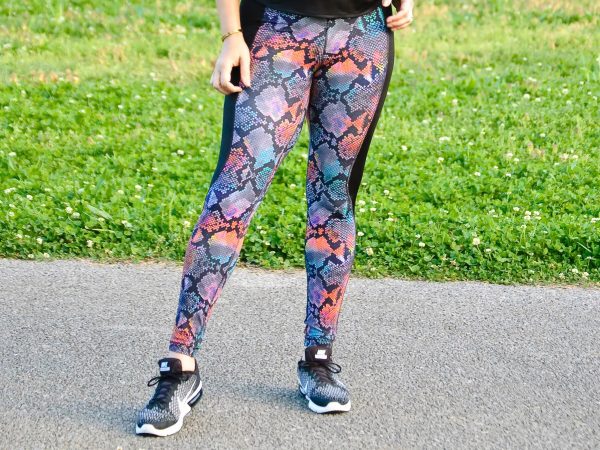
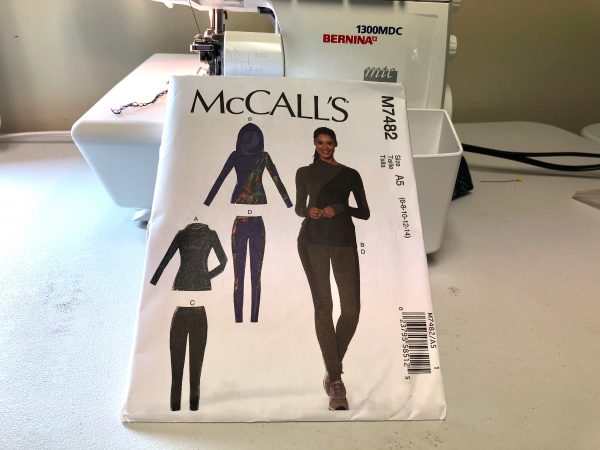 ers
ers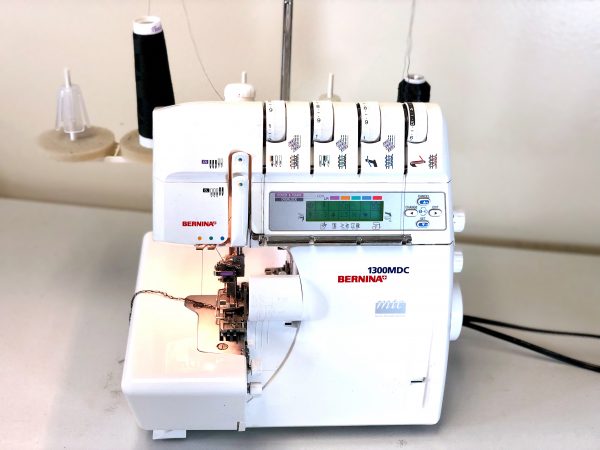
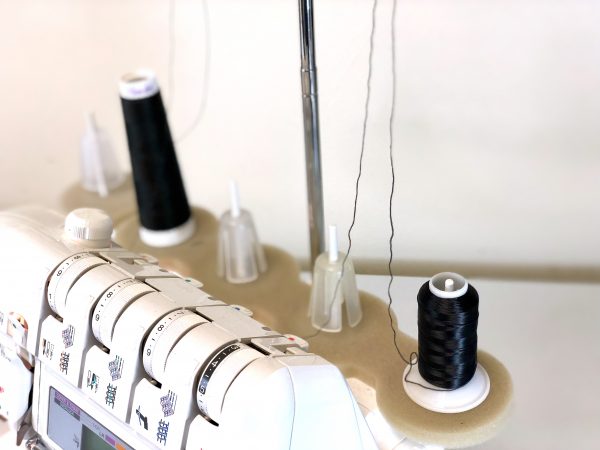
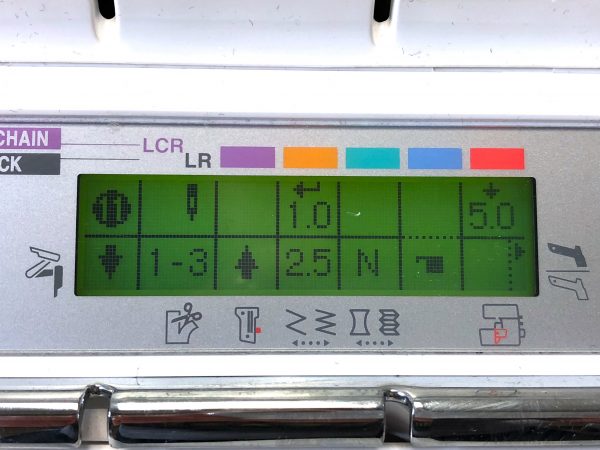
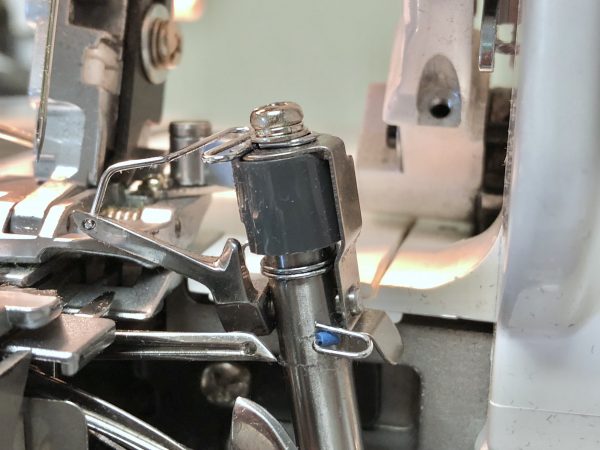
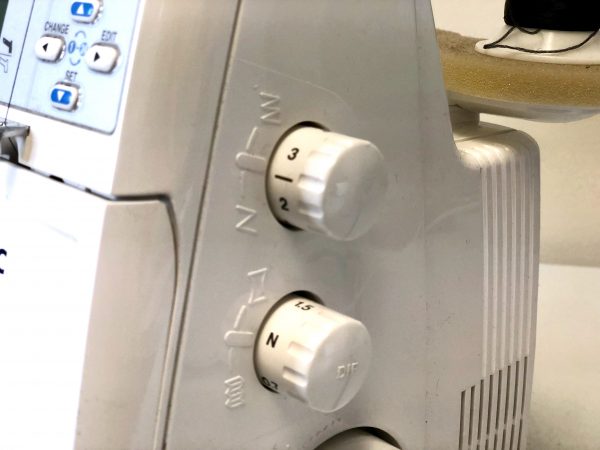
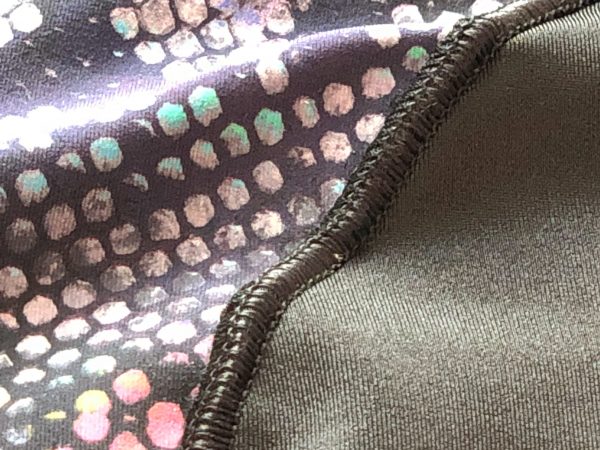
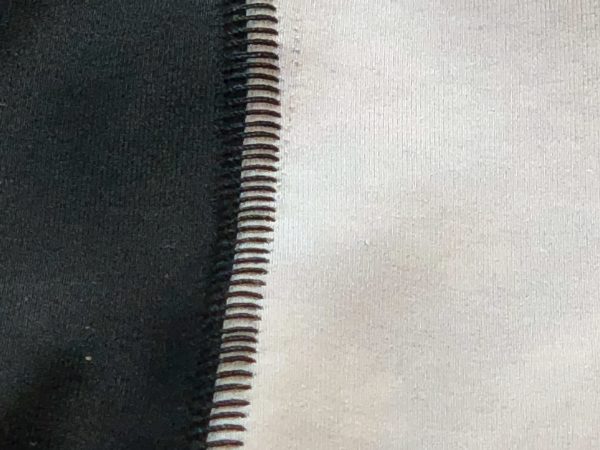
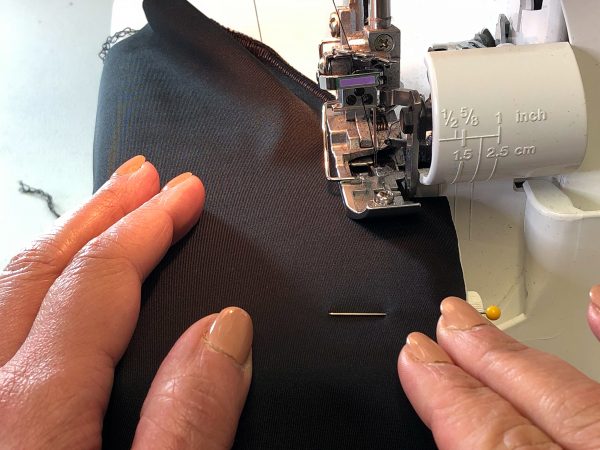
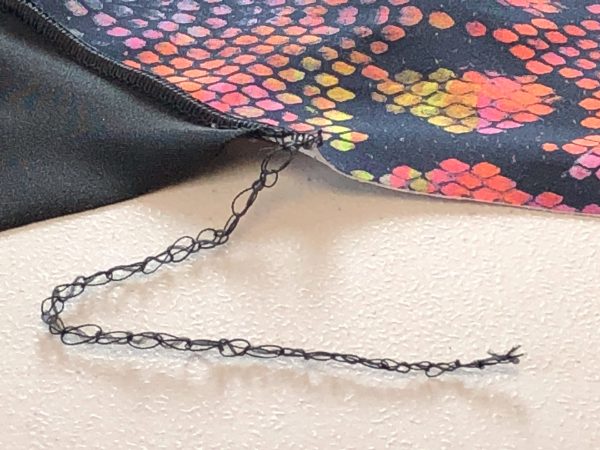
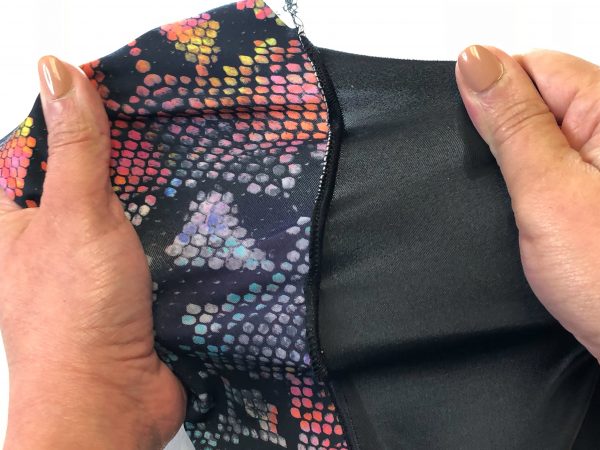
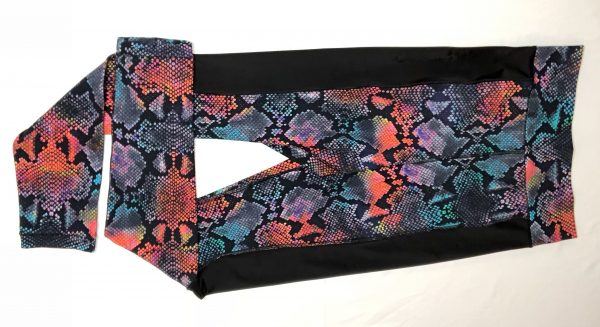
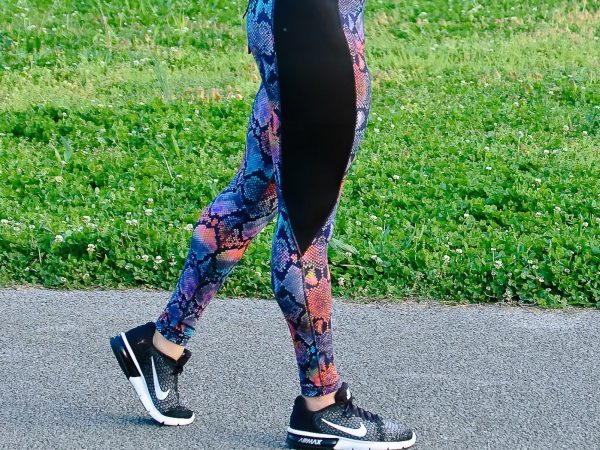



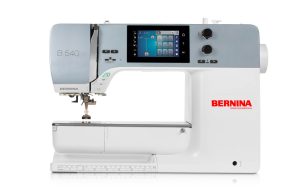
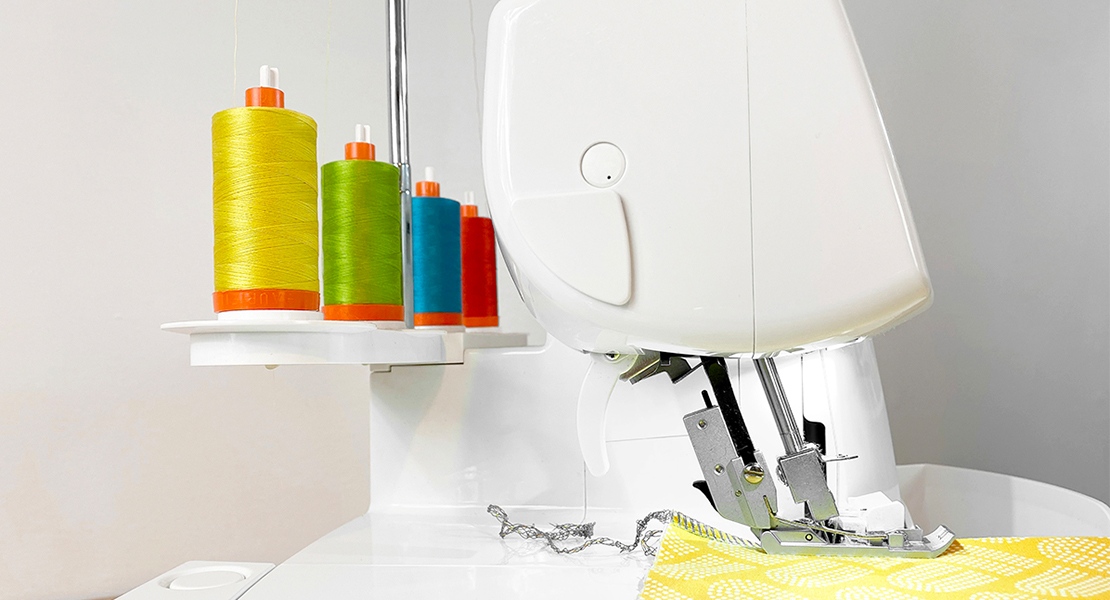
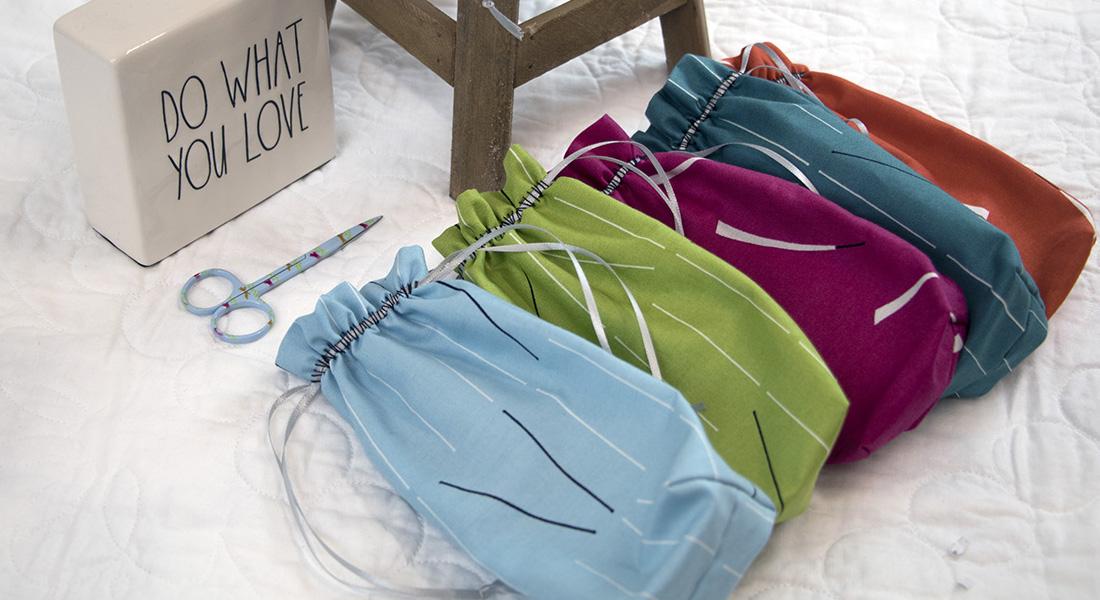
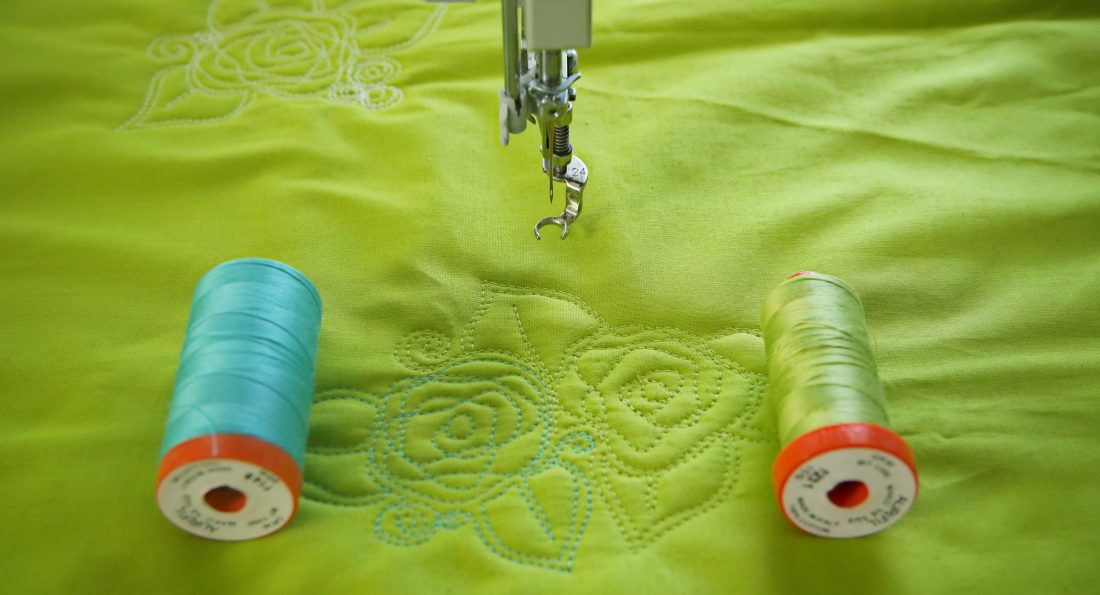
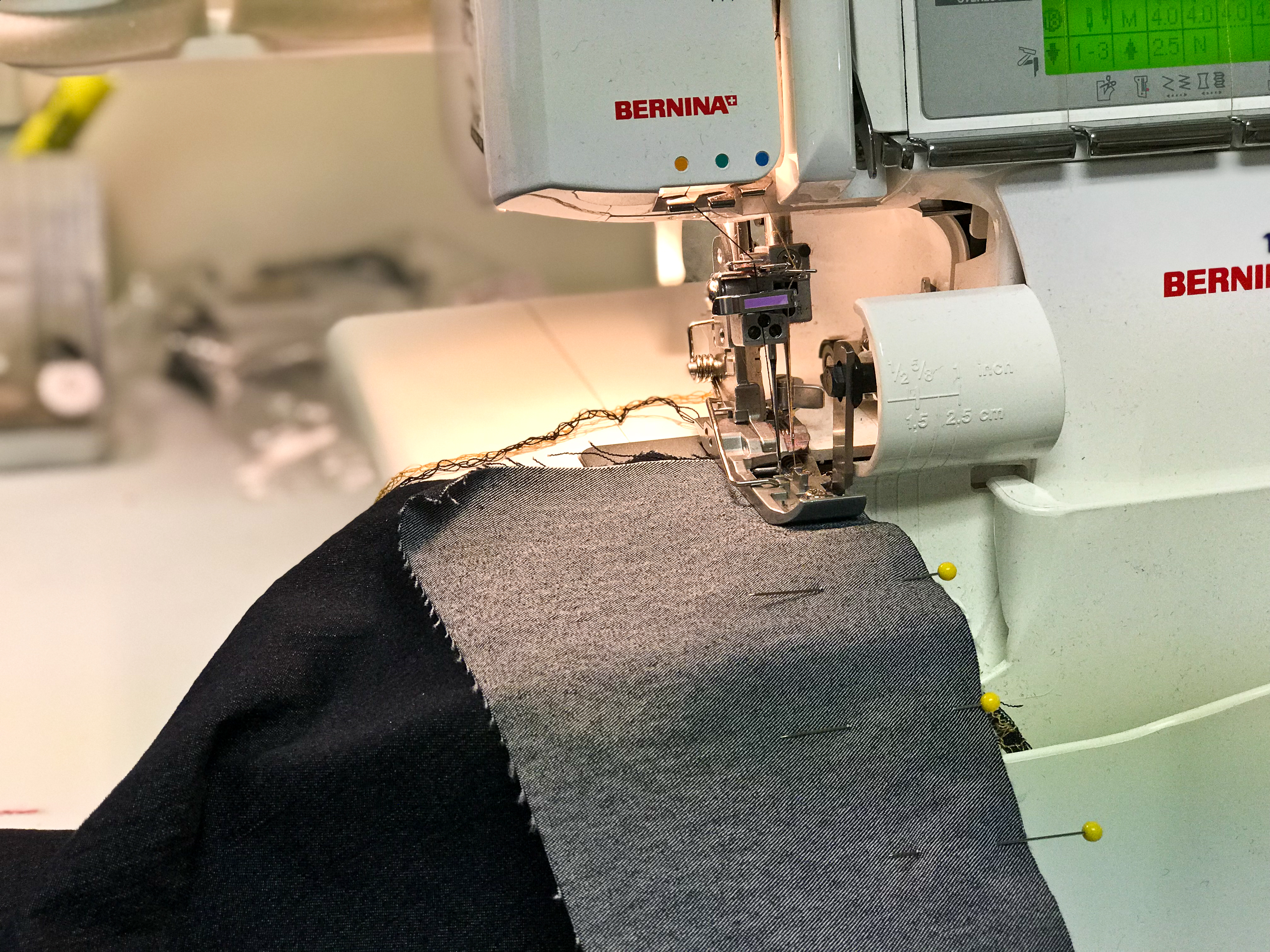
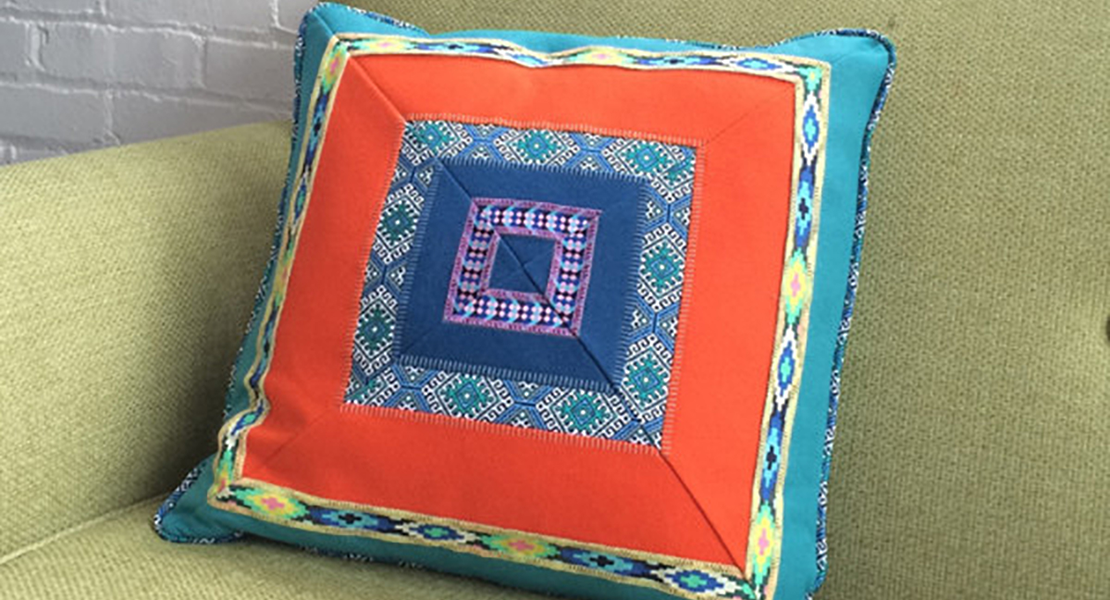
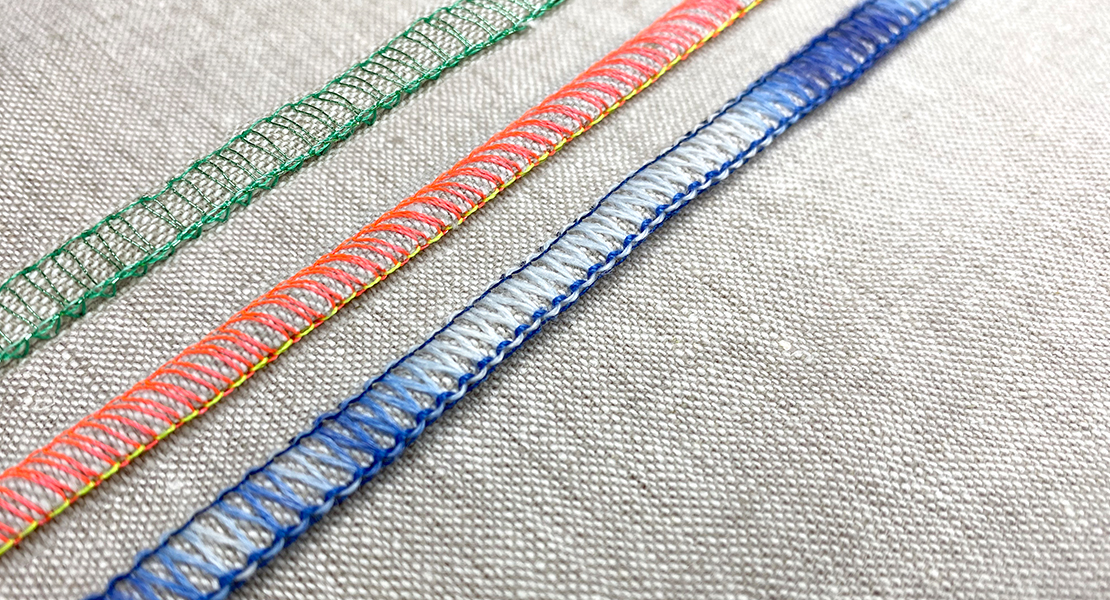
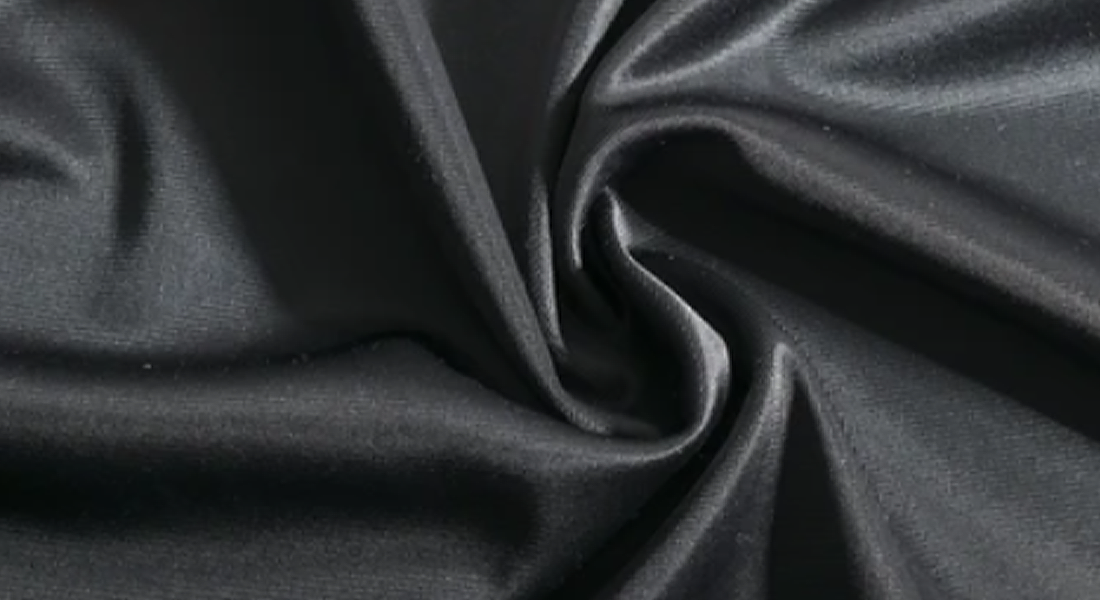
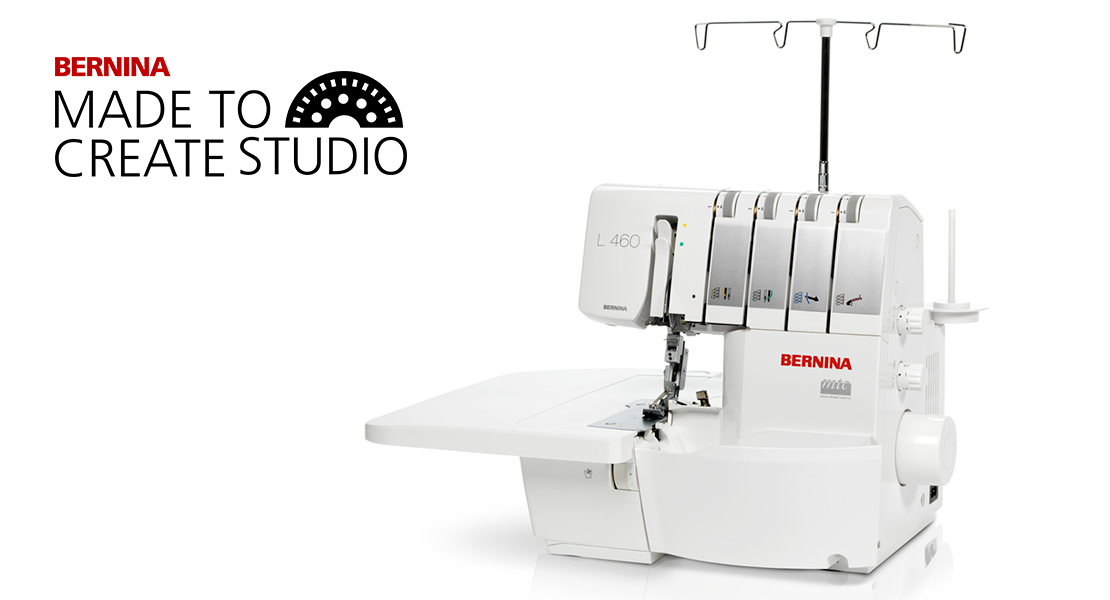
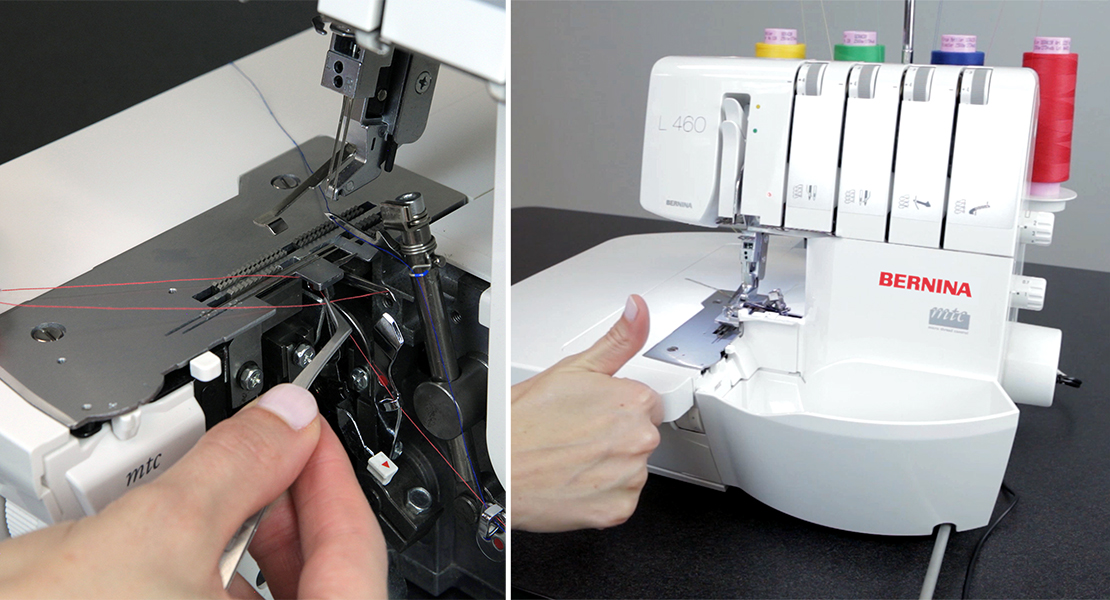
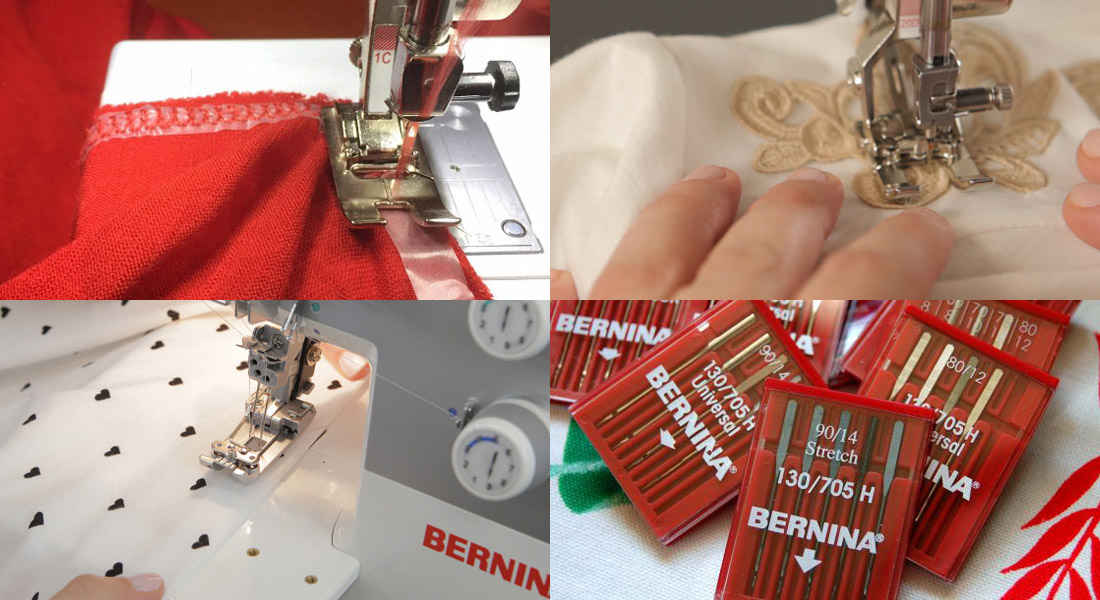
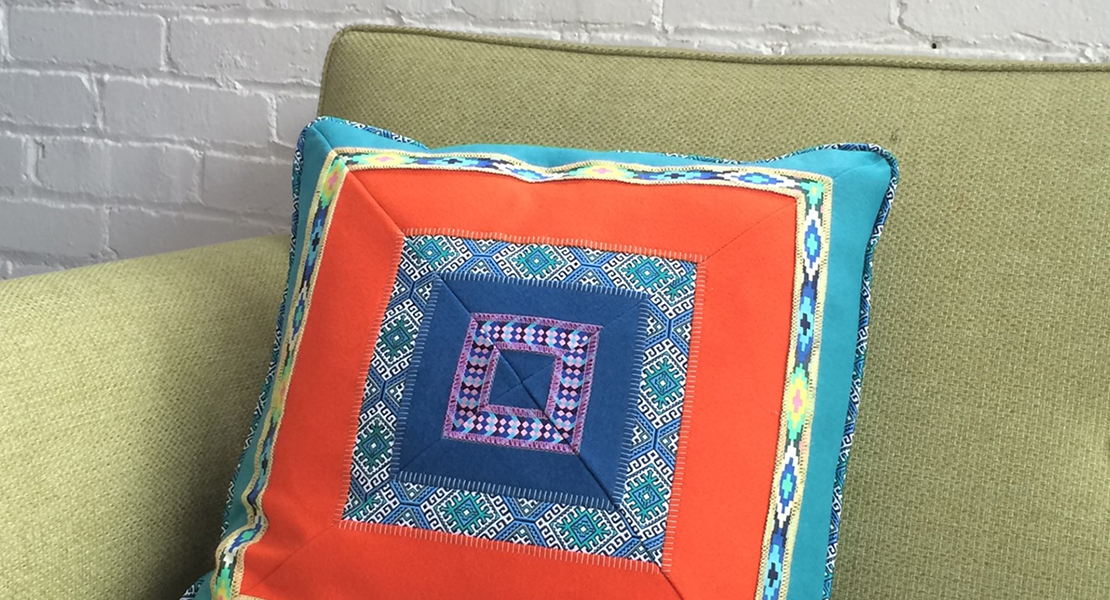
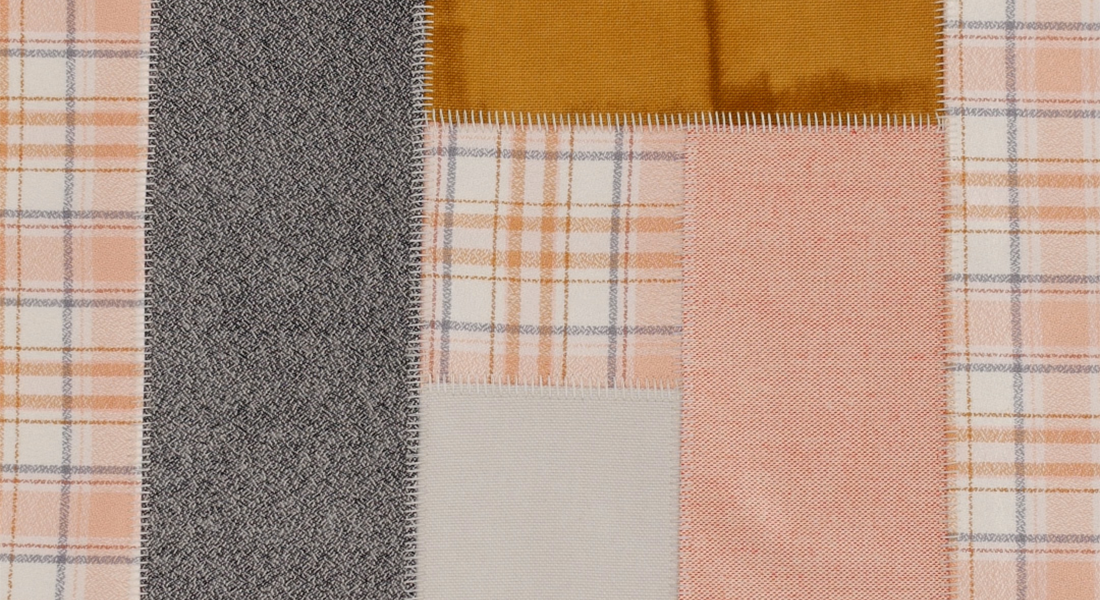
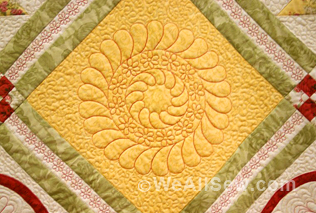
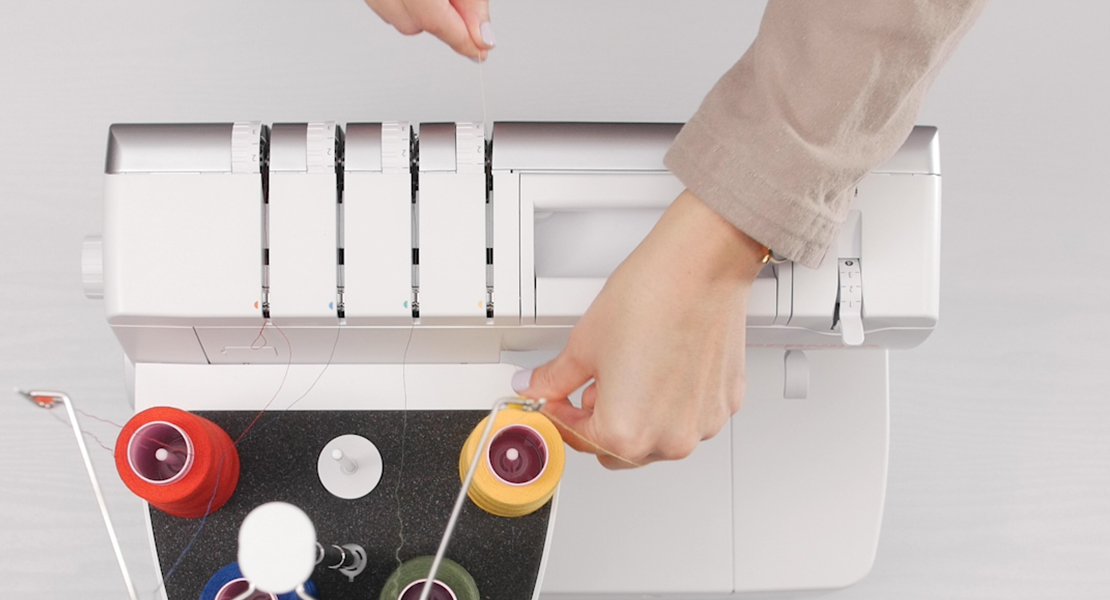
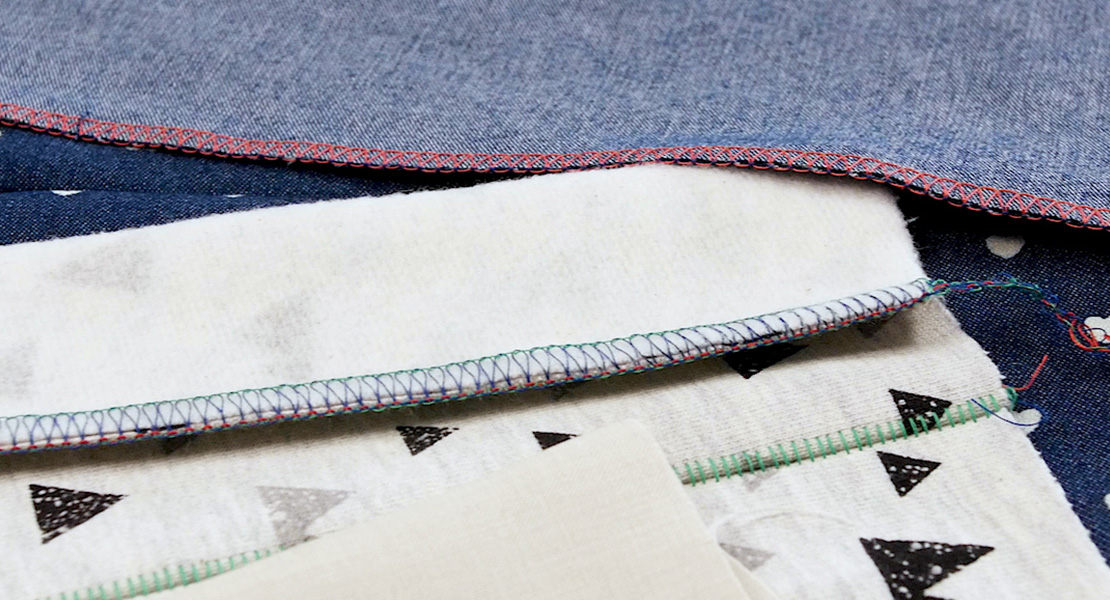
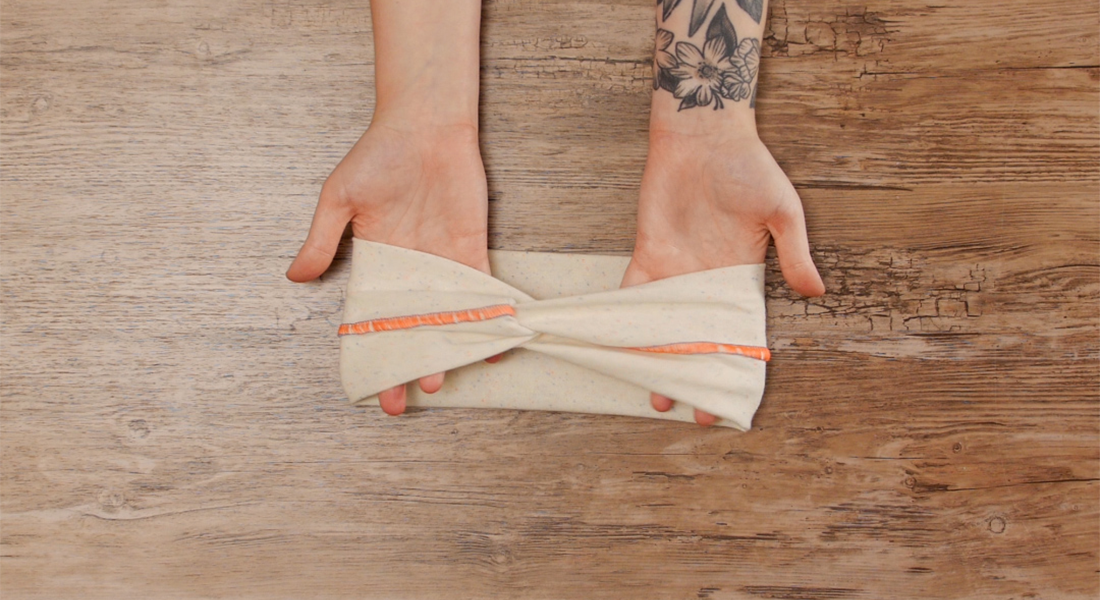
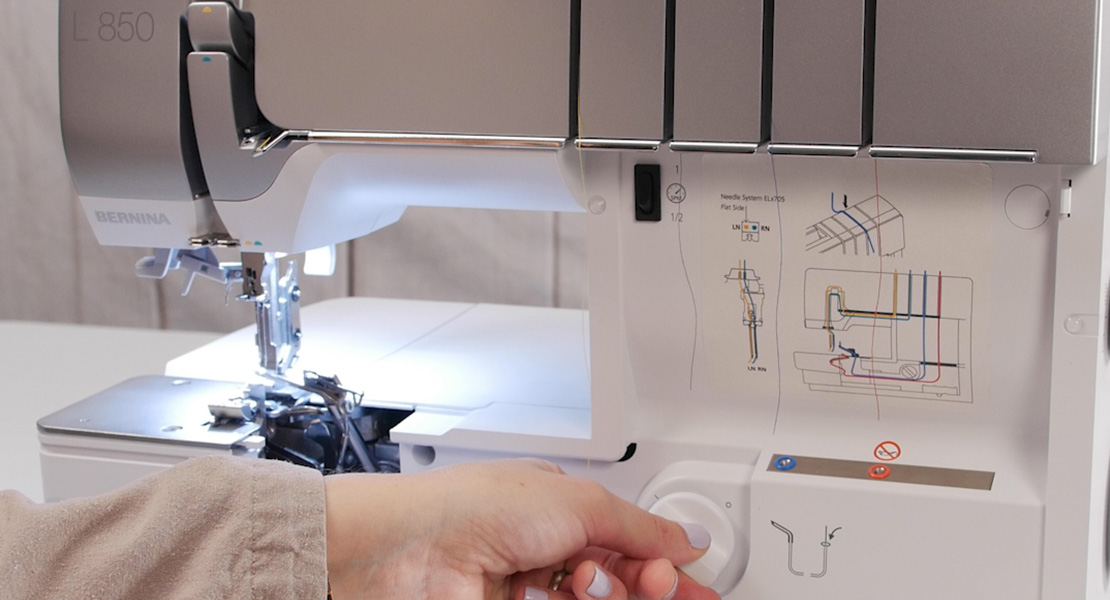
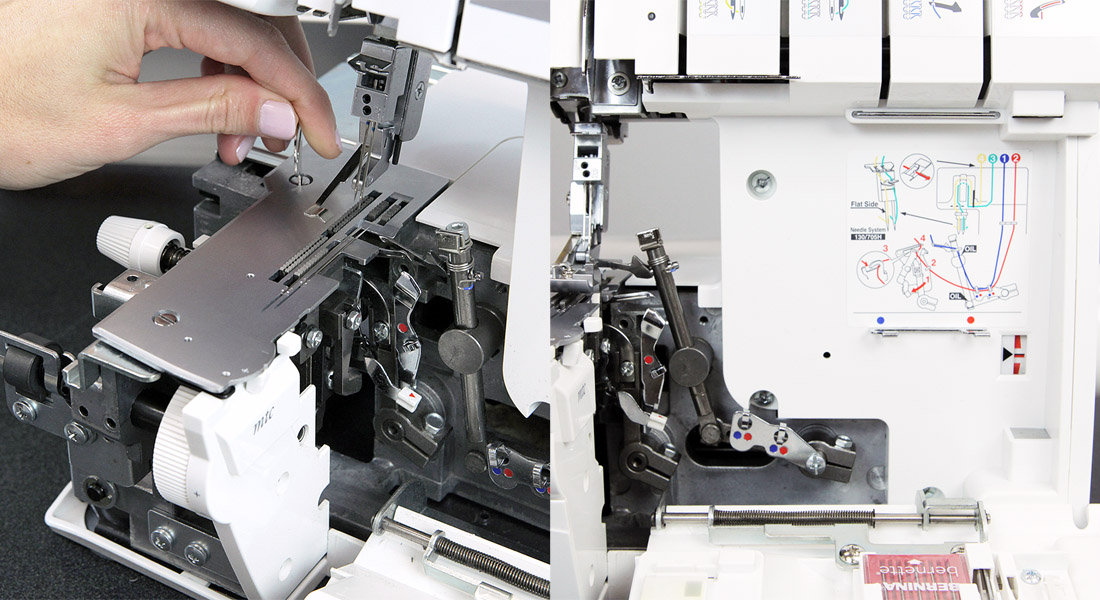
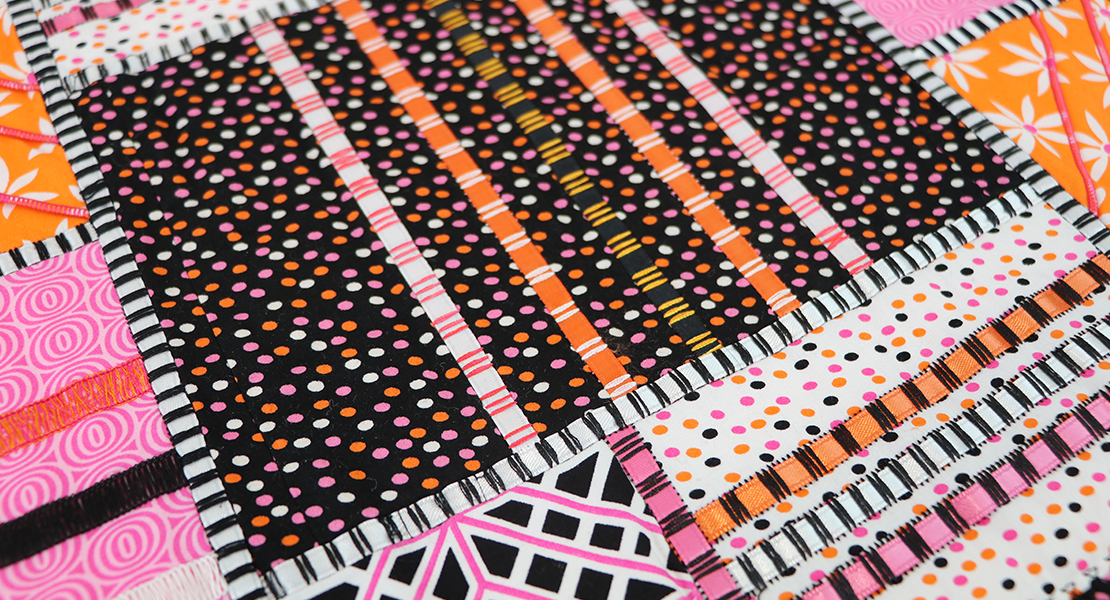
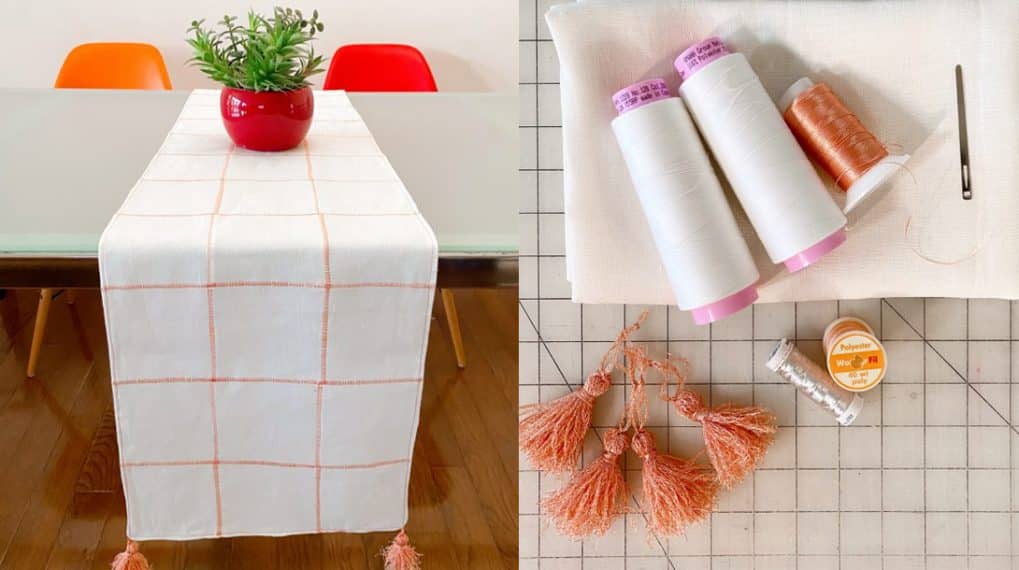
I would like to try collages. L